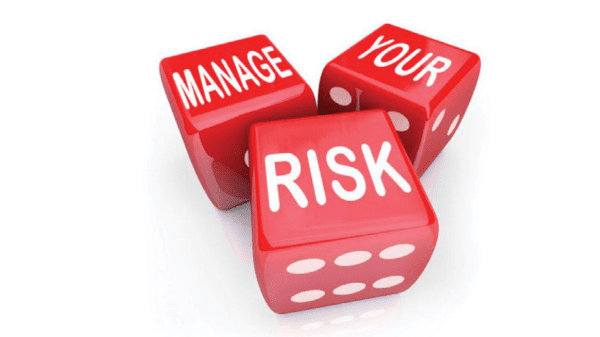Poor-performing customers can be as much of a hindrance to business as well-performing ones are a benefit.
Credit risk can vary widely depending on the type of product or service and the nature of the business, as well as many other factors, and can be as much an art as a science.
It should be thought of as dynamic rather than static, is always a primary threat to financial stability, and can be measured in almost every form of income-producing activity in which a business participates.
There are obviously definitive and set costs to defaults on credit. They cause major disruptions in cash flow, the primary cause of a stunning 82 percent of small business failures.
One company’s failure to pay may affect numerous trading partners within the supply chain, with a domino effect on credit risk and ratings. This can be particularly devastating during uncertain financial times when lenders feel the need to tighten their belts and restrict lending.
During the Covid-19 pandemic, many banks lowered interest rates, but also raised the bar on who qualified for lending, loan extensions, lines of credit, and other avenues for growth. Businesses with negative credit items were the first to feel the pinch.
But it’s not just these factors that make bad credit risks a threat.
“Soft costs”—such as the time spent on resolving disputes and disagreements with customers and the paperwork, labor, and hours involved in chasing down debts—can pile up, meaning a company is throwing good money after bad.
The time spent on collections and the navigation of bad debt is time away from focusing on other tasks and projects like building a business or expanding its customer base.
This is an excerpt from a Credit and Finance feature in the November/December issue of Produce Blueprints Magazine. Click here to read the full feature.



